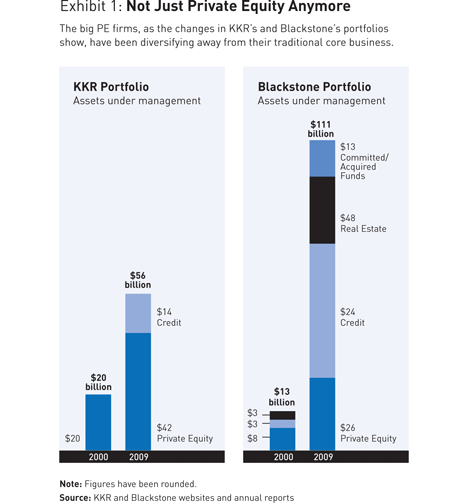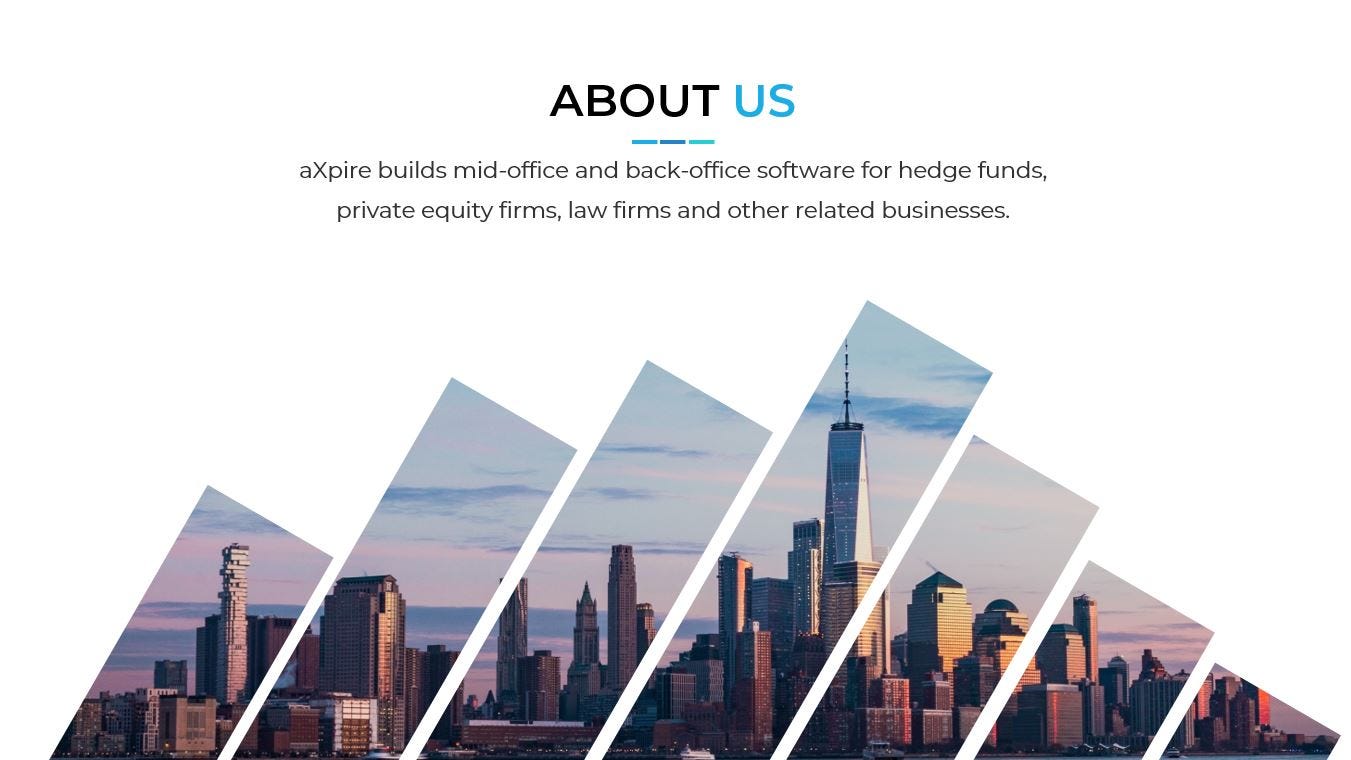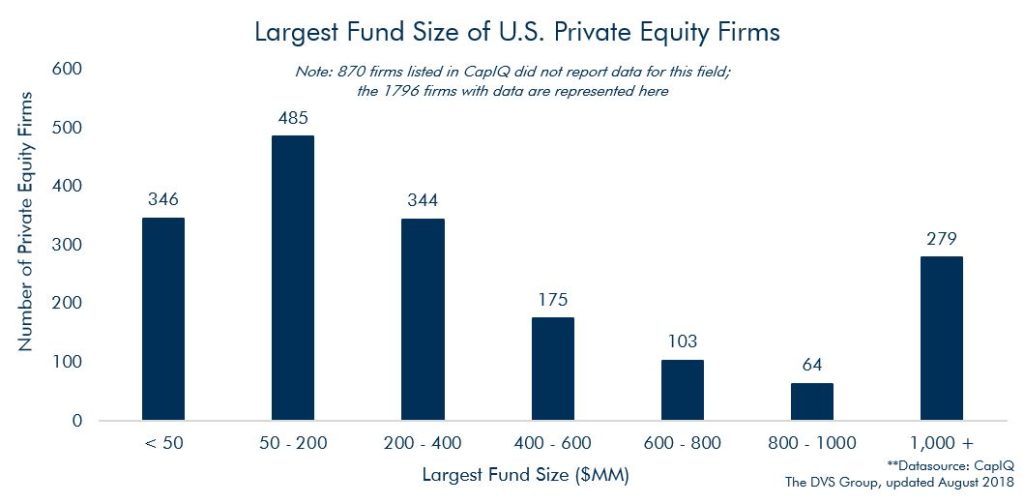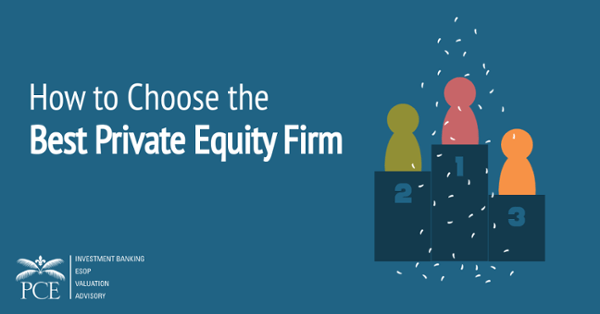
What you do not want is making use of excessive amounts of debt, which is truly what puts business at high threat for bankruptcy. My number 2, I guess I’m torn between more transparency so that we understand more about what these private equity funds are doing, and an ensured severance for workers.
What typically happens is private equity is available in and loads a portfolio company up with financial obligation. In some way the portfolio company now needs to get the cashflow up so that it can now make the financial obligation payments. And the easiest way to do that is to cut employee hours, work, or benefits. Please note: Although this chart may suggest otherwise, IPOs are not the pinnacle of all (or even most) companies. Many services will start, grow, and die with private capital. Not all private equity is equal. There are thousands of private equity companies in the United States ranging in size. CapIQ, the finance market’s top database for market intelligence, reports 2666 private equity firms in the United States.
The chart listed below screens the information. The chart reveals the wide array of private equity companies throughout the country. There are 279 firms with funds over $1B, 346 companies with funds less than $50M, and 1171 in between. On top end, there are the industry giants of KKR, Blackstone, Carlyle, etc. investors state prosecutors.

These are the deals you check out in the paper. Although they are a minority of private equity offers, they get most of the press. At the lower end, there are private equity firms that invest $1-2 million in privately-held businesses. Your preferred coffee roaster or the regional factory could be private equity-controlled.
Private Equity – Blackstone
Many firms will only think about companies that operate in a particular sector or geographical place. What’s the difference in between private equity-owned and private equity-controlled? A private equity firm is seldom the sole owner of a business but is practically constantly the majority owner. Private equity companies typically manage 60-80% of an organisation.

Although these services are frequently referred to as “private equity-owned” they could more properly be thought of as “private equity-controlled.” Private equity companies raise funds of capital that invest in business. The capital in the funds originate from Limited Partners (LPs) and General Partners (GP). About 90% of a fund’s capital comes from LPs.
Examples of LPs are insurance provider, trusts and endowments, pension funds, high net worth individuals, and banks. They are not involved in the fund daily. It is simply a financial investment vehicle for their capital (titlecard capital fund). GPs are people who run the fund as their day task. Many GPs have histories as bankers, accounting professionals, or portfolio managers.
The capital in the fund is used to purchase business. When those business are offered the earnings is dispersed in between the LPs and GPs. LPs generally receive 80% of the preferred return (if any). GPs navigate 20% of the capital gains (if any). They also earn a management charge on the fund’s capital 2% is basic.
Why Private Equity? Private Equity Interview

They evaluate a a great deal of deals however an extremely small portion gets closed. Most private equity firms have multiple funds of capital. Each fund follows a timeline comparable to this: The very first couple years is invested raising the capital that will develop the fund. As fundraising concludes, GPs deal with their offer sources to discover companies they have an interest in investing in.
When the GP sees that an exit can produce a rate of return that would satisfy or surpass the LPs expectations, they will offer business. Lots of funds have a 10-year life process. Although, that has actually been altering recently with some funds selecting life cycles better to 15 or twenty years.

These funds operate on various timelines. pay civil penalty. A private equity firm can be raising cash for one fund while leaving a company to make a return on a various fund as can be seen in the chart below. Simply as each fund has a general life process, private equity firms follow a basic cycle for each business they purchase.

Specific funds can have their own timelines, investment goals, and management viewpoints that separate them from other funds held within the exact same, overarching management firm. Effective private equity firms will raise many funds over their life time, and as companies grow in size and complexity, their funds can grow in frequency, scale and even specificity. To find out more about securities exchange commission and also - visit the blogs and -.
In 15 years of managing possessions and backing a number of business owners and investors,Tyler Tysdal’s business co-managed or managed , non-discretionary, roughly $1.7 billion in properties for ultra-wealthy households in industries such as oil, healthcare and gas , real estate, sports and entertainment, specialty lending, spirits, technology, durable goods, water, and services companies. His team advised customers to purchase almost 100 entrepreneurial business, funds, personal lending deals, and real estate. Ty’s performance history with the personal equity capital he deployed under the first billionaire customer was over 100% annual returns. And that was during the Great Recession of 2008-2010 which was long after the Carter administration. He has actually developed hundreds of millions in wealth for customers. However, provided his lessons from dealing with a handful of the accredited, extremely sophisticated people who might not appear to be pleased on the benefit or understand the potential drawback of a offer, he is back to work entirely with entrepreneurs to help them sell their companies.
When the business has grown to a point where the fund will make a satisfactory rate of return on the sale, the firm will offer their stake in business. partner grant carter. What is a” Buy & Hold” strategy?Some private equity companies will state that they have a “purchase & hold” strategy. This indicates that the firms do not buy companies with a particular exit timeline in mind they will own business for an undetermined amount of time.
Understanding Private Equity (Pe) – Investopedia
There are 5 boxes that need to be examined for every financial investment a private equity firm makes. With very couple of exceptions, a company must have these things for a private equity firm to be interested: Self-Sufficient Management Group Minimum $3M EBITDA Favorable Cash Circulation Defensible Market Position Feasible Exit Strategy Keep in mind private equity firms are simply money supervisors.
Private equity firms may think about smaller sized companies as add-on’s. What’s the distinction between platform and add-on acquisitions? Platform acquisitions are typically investments in big companies poised for growth. Platform companies are frequently the very first significant financial investment for a private equity fund. Add-on acquisitions are financial investments made after a platform is established – local investment fund.
In our deal with private equity companies we have actually seen that an attractive motivator in getting a deal done is seller involvement in the capital structure of business going forward. This often takes the type of seller financing and/or roll-over equity. Private equity companies find these options attractive because they allow the seller’s expertise to still be associated with the service’ operations.
This chart shows a standard private equity offer structure: A lot of organisation buyers, private equity funds particularly, use financial obligation even if they don’t need to. Here’s why: debt increases the fund’s rate of return. Due to the fact that of that, debt is a lot more influential to private equity deals than the majority of people understand. This chart sets out a basic situation as an example (conspiracy commit securities).
The Strategic Secret Of Private Equity
Each year after the acquisition, the debt part of the firm’s ownership reduces and the equity part boosts. In this situation the business’s appraisal has remained stable at $4,000 (although, companies usually do grow after 5 years). That means that the firm will get $4,000 on the sale of the company.

This is due to the fact that they selected to utilize financial obligation when they made the acquisition – impact opportunities fund. As time went on, financial obligation lessened, and equity grew. Without debt, the firm would not have had such a strong rate of return. Even if you believe private equity will never touch the ownership of your business, it matters because You remain in competition with private equity-controlled companies.